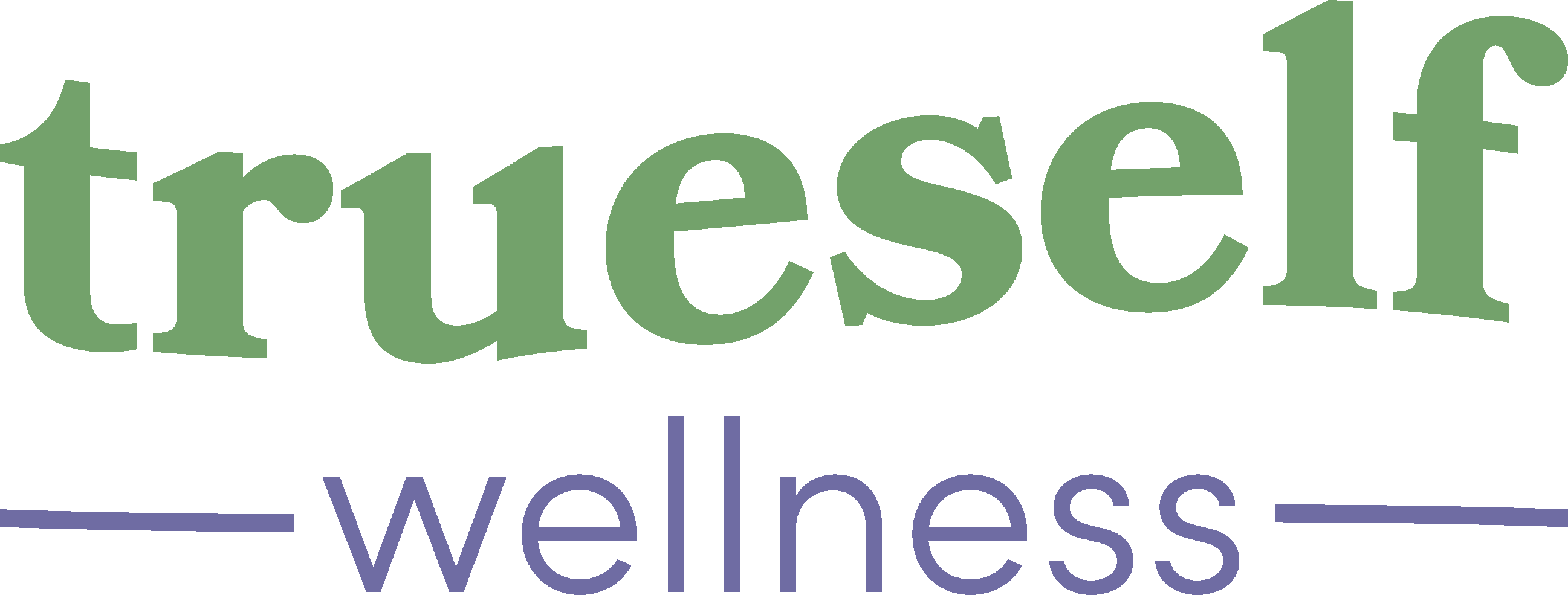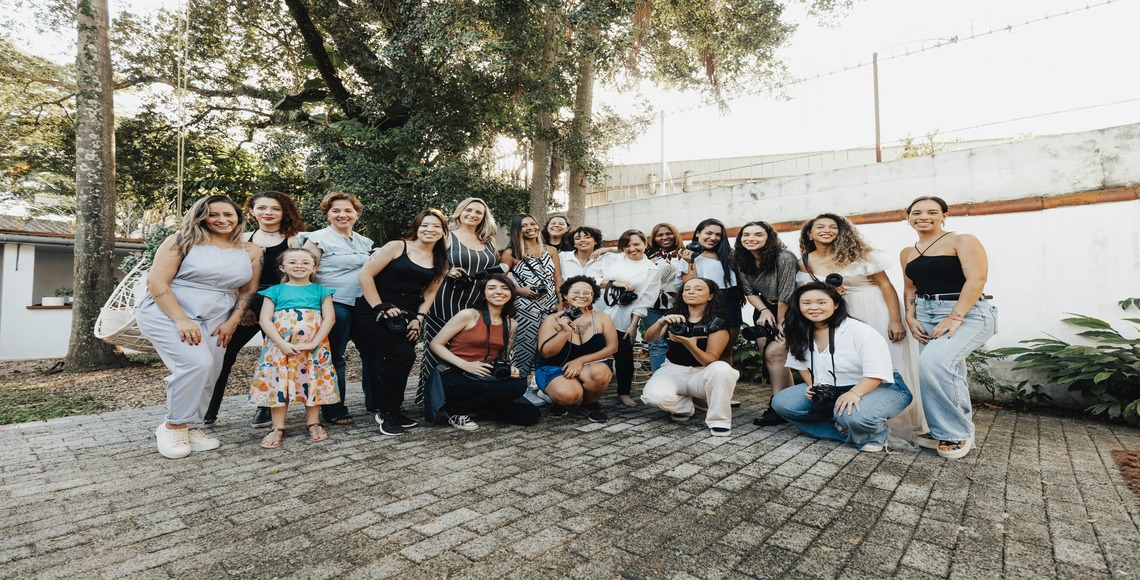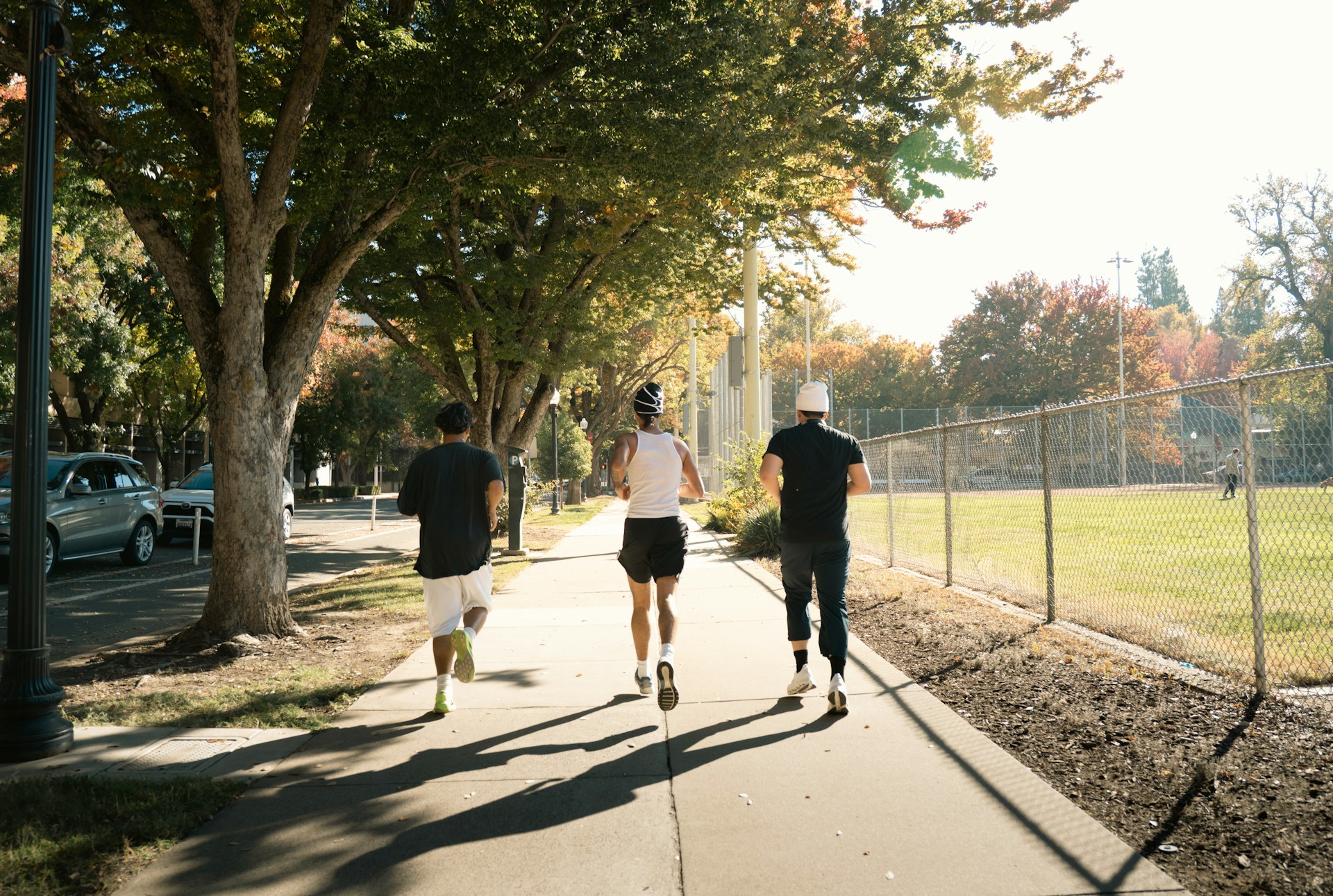A women’s circle is essentially what it sounds like: a gathering of women* gathered around in a circle, sharing stories and space with each other.
And yet women’s circles are so much more. Not only are they powerful ways to build and nurture community — they’re also ancient practices that date back to the birth of storytelling itself.
The History of Women’s Circles
The practice of gathering around in a circle to connect and share stories is as old as humankind and dates back to the dawn of stories, when people would gather around campfires to eat, worship, pass down wisdom, and relay narratives to each other. Women’s circles are age-old practices and seem to exist in ancient cultures worldwide.
Many of these rituals were tied to the phases of the moon. Others were tied to nature, spirits, seasons, and even menstruation. “There are menstrual hut and moon lodge traditions all over the world that date back to 800 CE and in some places are still practiced today,” said Ann Landaas Smith, founder and director of Circle Connections.
In ancient times, these early circles were strictly spaces of empowerment, where women would often gather in red tents while menstruating to honor their bodies and to give thanks. “The red tent [menstrual tradition] and moon lodges grew in popularity as a sacred space for women and girls to affirm their spirituality and sexuality and to heal from the wounds of patriarchy [through connecting with each other],” she added.
These circles were often spaces where daughters, mothers, and grandmothers could come together to share resources and wisdom, as well as medicine, traditions, recipes, spiritual lessons, and much more.
Unfortunately, things began to shift somewhere around 6,000 to 4,000 years ago, when patriarchy and hierarchy began to eclipse ritualistic and community-oriented practices. Linear progress began to replace circular and cyclical ways of being. During this time, female leaders began to be persecuted, and accusations of witchcraft swirled around powerful female healers and spiritual teachers. Women’s circles decreased in popularity.
But with the rebirth of feminism and New Age modalities of thought in the 20th century, women’s circles have come back into popularity with a vengeance. Today, women all over the world are meeting in alignment with the moon to share their experiences and wisdom and to cultivate community and collective growth.
Women’s Circles Today
Contemporary women’s circles often serve the same functions as ancient rituals — to share, gather, and support other women. But some have taken things further, embedding social change practices into their DNA. For example, Jane Shinoda Bolen’s Millionth Circle Movement intends to “increase and unite the circle movement so that we reach a tipping point and our united goals for a healthier humanity and planet can facilitate a morphogenetic shift as our united mind creates a significant and positive transformation in the human field of consciousness,” according to Gather the Women.
In a patriarchal society where an emphasis on limitless linear progress has oppressed so many for so long and is literally destroying the planet, women’s circles are powerful ways of fostering different modalities of communicating and being.
Women’s circles allow participants to access “the part of us that can more easily expand beyond our limited sense of self, into the sea of collective consciousness,” according to Treesisters.org. “From there we can tap into endless resources of creativity and intelligence to inspire our work and embolden us as we lead — the same intelligence that make the tree roots grow, and the waves rise and fall and the planets orbit the sun.”
Structure of Women’s Circles
There is no set way to run a women’s circle, but there are many different blueprints and standard practices. Women’s circles might involve sharing stories around a set theme. They might focus on teaching or learning a certain skill, or they might involve a specific ceremony or ritual.
They might involve specific identity groups or specific social change agendas. They might also involve resolving a conflict — and in this respect, women’s circles are deeply connected to restorative justice practices that are emerging as popular alternatives to policing and mass incarceration.
Circles can feature 3 to 30 people, though around 6 to 13 is usually cited as a good number. They typically last 90 minutes to two hours and are often hosted in conjunction with the cycles of the moon, typically occurring on new moons (which are times for intention-setting) and full moons (times for letting go of the old and harnessing power).
Typically a women’s circle will begin with some kind of signifier that the group is moving from regular social interaction towards something more intentional and purposeful. The signifier might involve creating an altar in the center of the circle, drawing an angel or oracle card, hitting a gong, or some other way of opening the door for to a different kind of interpersonal relating.
From there, the facilitator typically introduces the circle, explaining their intention and outlining the structure of what will happen next. After that, the group might introduce themselves by passing a talking stick around the circle. Women will sometimes be asked to state their mothers’ and grandmothers’ names, as well as the names of any female mentors; they might also be asked to answer an introductory prompt.
After that, the facilitator typically introduces their chosen subject and begins by sharing their own part. Subjects might include femininity, menstruation, sexuality, nature, power, intuition, or similar themes. After hearing about the intention, women share stories about their experiences and/or their intentions.
As they share, other members of the circle are expected to practice deep listening, which means not trying to give advice but instead genuinely listening closely to others’ stories and honoring their experiences. Women’s circles are powerful because they are not spaces for debate or agendas — instead they’re all about listening and non-judgment.
Throughout the process, the facilitator might choose to implement a ritual, a meditation, a song, a dance, or another type of practice that relates to the circle’s central theme. At the end of the circle, the facilitator can ask members of the circle to reflect on their experiences. Finally, they close the circle and end it with snacks or drinks, such as chocolate and tea.
There are many different ways to host women’s circles, but they all have one thing in common: They are dedicated to fostering community and opening a generative space among a group of people.
To find a women’s circle, check out the Red Tent Directory, ask your community, or consider starting your own.
*”The term “women” here can also include nonbinary, trans, and intersex people.










